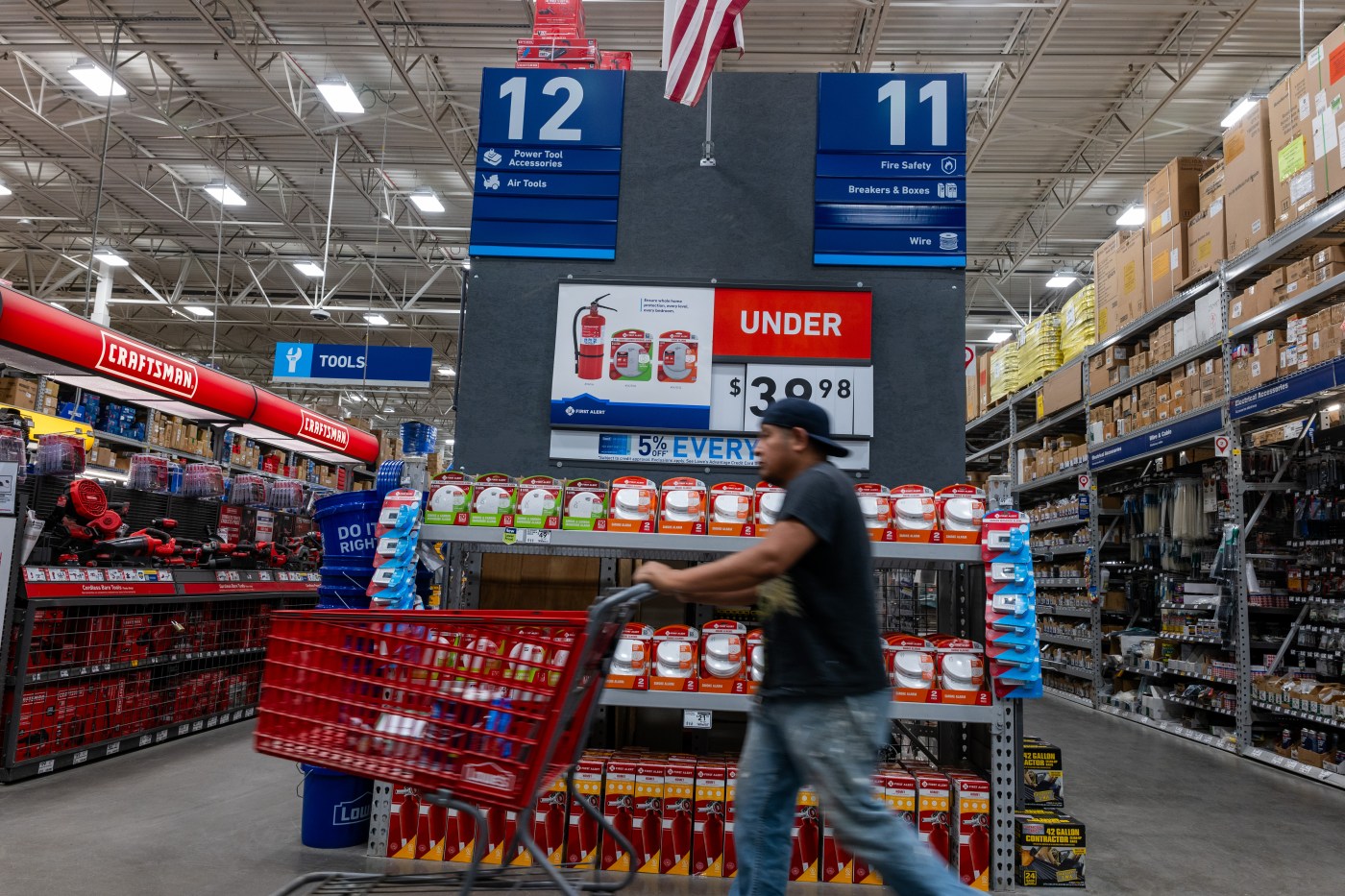
Inflation cools, clearing way for rate cut
WASHINGTON — Year-over-year inflation reached its lowest level in more than three years in July, the latest sign that the worst price spike in four decades is fading and setting up the Federal Reserve for an interest rate cut in September.
Wednesday’s report from the Labor Department showed that consumer prices rose just 0.2% from June to July after dropping slightly the previous month. Measured from a year earlier, prices rose 2.9%, down from 3% in June. It was the mildest gain since March 2021.
The government said nearly all of July’s inflation reflected higher rental prices and other housing costs, a trend that, according to real-time data, is easing. As a result, housing costs should rise more slowly in the coming months, contributing to lower inflation.
The report showed that inflation is steadily falling closer to the Fed’s 2% target — though not too quickly, which might suggest that the economy is weakening, said Tara Sinclair, an economist at George Washington University and a former Treasury Department official.
“It’s a comforting report, both because it is going in the right direction and because it is not doing anything too dramatic,” Sinclair said. “It is exactly what we wanted to see.”
In July, grocery prices rose just 0.1% and are a scant 1.1% higher than they were a year earlier, a much slower pace of growth than in previous years. Yet many Americans are still struggling with food prices, which remain 21% above where they were three years ago.
Gas prices were unchanged from June to July and have actually fallen 2.2% in the past year.
Clothing prices also dropped last month; they’re nearly unchanged from 12 months earlier. New and used car prices fell in July, too. Used car prices, which had skyrocketed during the pandemic, have tumbled nearly 11% in the past year.
Some food prices, including for meat, fish and eggs, are still increasing faster than before the pandemic. Dairy and fruit and vegetable prices, though, fell in July.
Even as inflation — the rate of price increases — keeps slowing, many people are still struggling with daily costs that, on average, are still about 20% higher than they were three years ago. That’s true even though average U.S. wages have surpassed inflation for more than a year.
Austan Goolsbee, president of the Federal Reserve’s Chicago branch, said Wednesday in an interview that the July data shows that inflation is clearly on track to return to the central bank’s 2% target. He also noted that there are signs that the job market is weakening even while the Fed’s key rate remains at its highest level in decades.
“Inflation, it’s clear, has been coming down for some time, and we’re quite restrictive,” Goolsbee said.
Goolsbee’s remarks suggested that he would support a series of rate cuts in the coming months.
Jeffrey Roach, chief economist at LPL Financial said “Investors and policymakers alike will find this report mostly good for markets and the economy. As inflation decelerates, the Fed can legitimately cut rates yet keep policy restrictive overall.”
Before their September meeting, officials will get more inflation readings plus another jobs report — which will be heavily scrutinized after the disappointing July figures helped spark a global market selloff and fanned recession fears.


